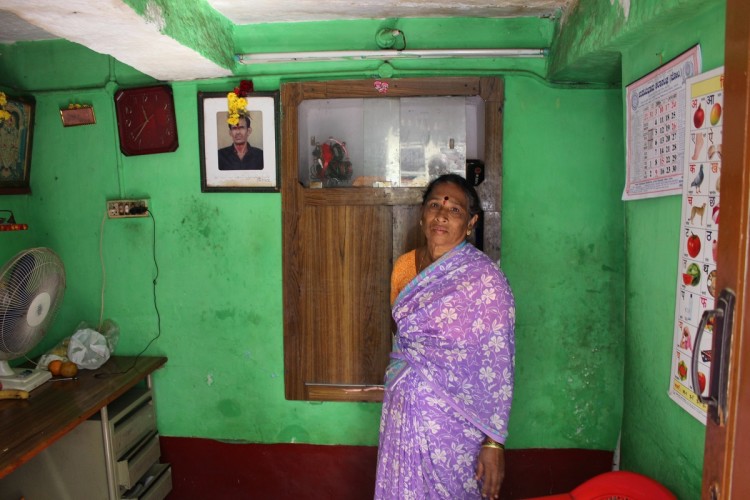“Football is my passion. FIP” were the words that a confident and fearless Deepa, a class 10 student at the parikrama centre for learning said to me when I asked her about her dreams. She had single handedly assembled a girls football team in her school by solely motivating her fellow class mates to join her. One of her main goals in life is to setup a football academy, which she enthusiastically declares would be for both boys and girls. This was the defining moment of my training period at the Milaap fellowship. The conversation happened around twenty minutes after the final bell rang, the gates were open and parents were waiting outside, yet very few children left. A home environment is what I saw; everyone was at ease inside the school. So much that they preferred the campus of the school to their own houses. Teachers were engaging students in discussion and students were confidently answering in fluent English in response. One particular class room that I entered was an audio-visual aided room; the teacher was instructing his students about March pasts using this aid. These were just few of the many instances of empowerment that I saw. There was a sense of enthusiasm everywhere I went, from the quotes on the wall to paintings along the staircase. Students were taught to think big, sky was the limit.



The impact that I saw was not just restricted to the dimension of classroom learning but also to life skills. In accordance with Parikrama’s model, education was about preparing every child for life; educationis not just about the quality of education being imparted. Confidence is a term that I want to reiterate here once again. Children studying in these schools come from sorely restraining living conditions. Incomes are low and high–skill jobs are hard to come by. For them to confidently compete with students from all over the city requires a sustained commitment and a 360 degree development model which Parikrama has so effectively implemented. They have helped children dream big, children who come from unstable backgrounds are now dreaming big. Impact is not something that can be measured; the impact that these students will have on their communities is substantial and is something worth looking into to understand further.
A good example of this was seen by me during my visit to the community at Siddapura. A lot of the students at the milaap school come from these communities. Kempamma is one such example of resilience, she is a sweeper at the temple near her house and earns enough for her basic sustenance. Her son is an alcoholic who does not care about his children and his wife is died long ago. Kempamma single handedly takes care of her grand-daughter, a third standard student named bhavna and credits Parikrama completely for it. “I have now gotten confident because of my grand-daughter. Before she was an unruly kid but now she is a disciplined and intelligent child” she says as she points to an alphabet chart that her daughter has put up on the wall. Parikrama has helped bhavna dream big, she now talks about studying abroad and working hard. Kempamma talks proudly about her grand-daughter with near tears in her eyes, a far cry from the attitude that she has when she talks about her son. This is the change that parikrama has brought about. From constant interactions with parents, parikrama has successfully brought out the dimension of family care along with education and nutrition. A complete 360 degree development model.










